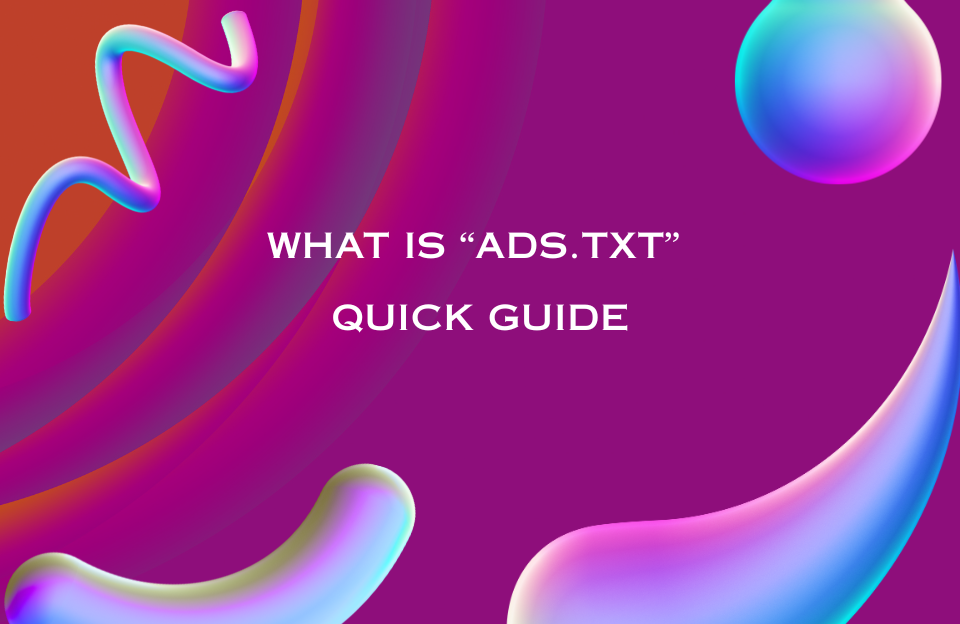Structured Answers: How Lists and Bullet Points Boost AI and User Readability
In the race for visibility in AI-generated results and search engine snippets, how you format your content is just as important as what you say. That’s where structured answers come in—using bullet points, numbered lists, and clear formatting to make your content easily scannable for both humans and machines.
Whether you’re aiming for featured snippets, voice search inclusion, or better AI summarization, structured answers are your secret weapon.
What Are Structured Answers?
Structured answers are well-organized pieces of content—usually presented as:
- Bullet points
- Numbered steps
- Short, scannable lists
- Tables or comparison blocks
These formats break down information into digestible parts, helping search engines and AI models interpret, extract, and display your content more effectively.
Why Structured Formatting Matters
🔍 1. Featured Snippet Potential
Google often pulls lists or concise answers directly into featured snippets. If your content contains a well-formatted, step-by-step or itemized explanation, you increase the chance of appearing in position zero.
🤖 2. AI Readability & Summarization
AI engines like Google SGE, ChatGPT, and Bing rely on structural clues to understand your content. Structured formatting makes it easier for them to generate clean answers, citations, and voice search responses.
👁️ 3. Improves UX and Time on Page
Readers don’t want walls of text. Bullet points and lists make it easier to scan, comprehend, and engage—especially on mobile devices.
When to Use Structured Answers
- ✅ Explaining step-by-step processes (e.g., “How to…” guides)
- ✅ Listing features, benefits, tools, or options
- ✅ Summarizing key takeaways or pros/cons
- ✅ Answering questions in FAQ format
- ✅ Breaking down definitions or comparisons
Examples of Structured Answer Formats
📋 Numbered List (Process Example)
How to Set Up Email Automation:
- Choose an email platform
- Define your goal and audience
- Create a welcome email or series
- Set up triggers and timing
- Test and monitor performance
🔹 Bullet List (Feature Comparison Example)
Benefits of Using Structured Answers:
- Boosts visibility in Google’s featured snippets
- Helps AI understand topic hierarchy
- Improves readability and engagement
- Increases mobile-friendliness
🧮 Table (Product Comparison Example)
| Feature | Tool A | Tool B |
|---|---|---|
| Free Plan | Yes | No |
| Automation | Basic | Advanced |
| Ease of Use | 4.5/5 | 3.8/5 |
Best Practices for Writing Structured Answers
- ✅ Use descriptive headers before your list
- ✅ Keep items short and focused
- ✅ Start with the most relevant or obvious points
- ✅ Avoid unnecessary formatting or embedded links in each bullet
- ✅ Use semantic HTML tags (e.g.,
<ul>,<ol>,<table>) for clarity and accessibility
Mistakes to Avoid
- ❌ Burying key answers deep in paragraphs
- ❌ Mixing different list formats (e.g., numbers + emojis)
- ❌ Using vague list items (“Thing 1”, “Thing 2”)
- ❌ Adding long paragraphs within each bullet
Bonus: Structured Answers and Voice Search
Voice assistants (like Siri, Alexa, and Google Assistant) are more likely to pull from content that’s already structured in a conversational or itemized way. If your answers are clean and well-formatted, they’re easier to vocalize and repeat back to users.
Conclusion
Structured answers are more than good formatting—they’re strategic tools that help your content surface in the right places, to the right users, at the right moment. By turning complexity into clarity, you make your content not just readable—but extractable, quotable, and rankable.
Want to show up in snippets, summaries, and smart assistants?
Start structuring your answers today.




